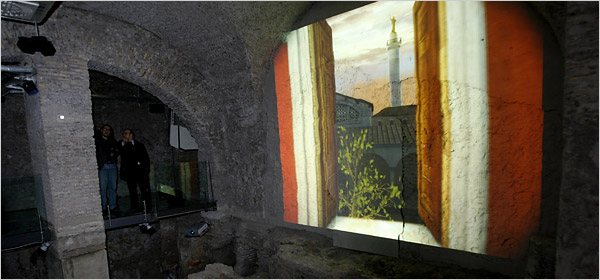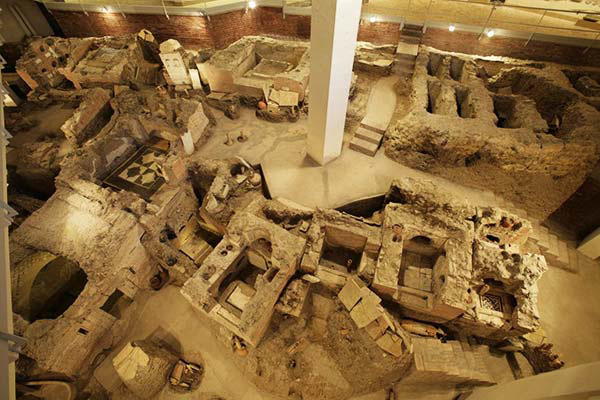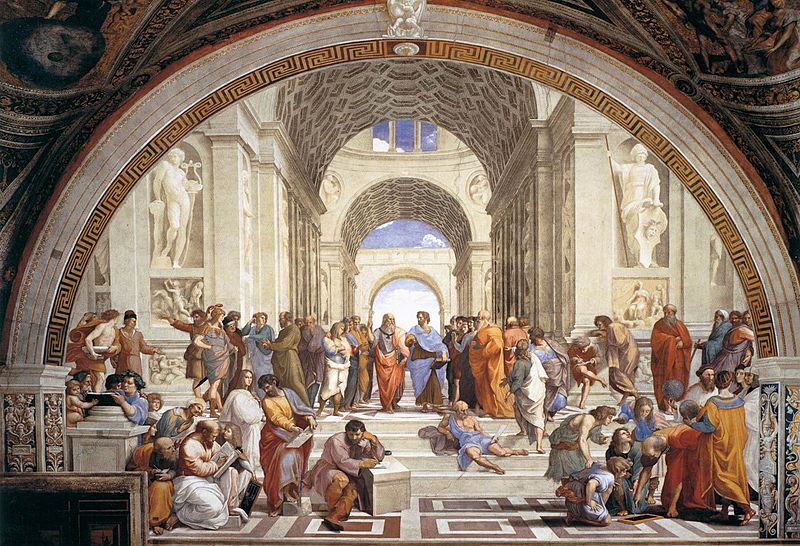
Buried for many centuries, two patrician villas unearthed here recently have been brought to life through an on-site multimedia reconstruction that plunges the spectator into the heart of ancient Roman life.
At one point a virtual wall dissolves to show what the residents of one villa might have seen when they strolled out from their door in the fourth century A.D.: a bustling city, the busiest in the ancient world, with more than a million residents vying for space, a narrating voice recounts.
The narrator explains that congested traffic on the capital’s narrow streets was an issue then, just as it is in today’s Rome , and prime downtown real estate was every bit as sought after as it is now.
That’s why Romans built up, creating multistory homes.
Beyond envisioning what the world might have looked like 700,000 moon rises and moon sets ago, the discovery of the homes has yielded deeper insight into the topography of ancient Rome.
The archaeological exploration began in 2005, after builders stumbled onto the ruins during repair work in the underground areas of the Palazzo Valentini.
The two villas, which measured some 20,000 square feet overall, were next to Trajan’s Forum. In one virtual reconstruction, a second-story window opens onto a view of Trajan’s Column, the 125-foot-tall testament to that emperor’s victories in the Dacian Wars in the second century. At the tour’s end, visitors spill out into Trajan’s Forum after passing through a series of tunnels and air-raid shelters dating from 1939.
Archaeologists surmise that because of the villas’ location, as well as the wealth of the mosaics and marble decorations that have been unearthed, their owners were probably high-ranking members of Roman society, perhaps senators or magistrates.
“They were living off the memory of their glorious past,” Mr. Pontuali (By the fourth century the center of power had shifted to Constantinople.)
Along with monumental rooms in the two villas, the archaeologists found the remains of a private thermal bath dating from the third century, now visible under an immense glass floor. Other remains, including statues of a senator and a young man, date from the second century A.D.
Yet because the villas are largely fragmentary, officials said, the multimedia reconstruction is basically a composite of fourth-century villas in Rome.
Free tours are given on Wed Dec 17th at 5.00 pm in various languages, but must be booked in advance through Marco Potuali, as thr ar veryvery limited plae left.
Digging continues in the area, and a patch of modern road is being demolished around Trajan’s Column to expand the excavations.
Palazzo Valentini is at 119 A via IV Novembre, near Piazza Venezia, Rome






